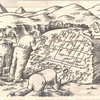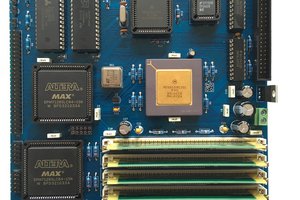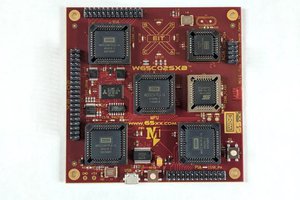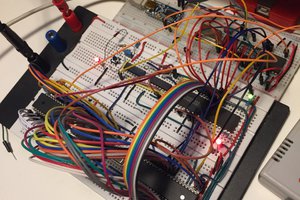Well, another "I've just got the chips" project :-(
However, I have also collated a lot of data, including the Byte Trump Card Article and a couple of books about the Z8000. One by Lance Leventhal, one by Bradly K. Fawcett.
I have started creating the Z8000 BASIC interpreter from the book by Rolf-Dieter Klein. Someone has already got it going and has videos on YouTube, but no links to code or circuit design. He has a homepage in Japanese: http://737mhz.blog130.fc2.com/ and more discussion but still no technical details.
http://www.pofo.de/S8000/ has a lot of information about Zilog's Z8000 systems but they may be too complex for my wishes.
There are several Z8000 projects I could use as a starting point.
First I thought of Christopher Ramage's Z8000 testbed.
Second I considered a more advanced project that was running CP/M-8000 from a CF card: https://github.com/4sun5bu/Z8001MB.
Scott Baker has taken that design and modified it: https://www.smbaker.com/scotts-z8000-cp-m-8000-clover-computer
Of key interest are the memory pld and the bus pld.
Scott has copies of the Trump Card disks but hasn't made the files public yet. If anybody has those files, I'd be very grateful for a copy.
 Keith
Keith



 Tobias Rathje
Tobias Rathje
 tomcircuit
tomcircuit

 Tomeu Capó
Tomeu Capó
Very interesting! Found your research project just now. I've a couple of Z8001 around and with the info here I should be able to make a sort of Z8000-MBC running CP/M Z8000 when I have the time... :)